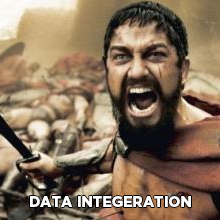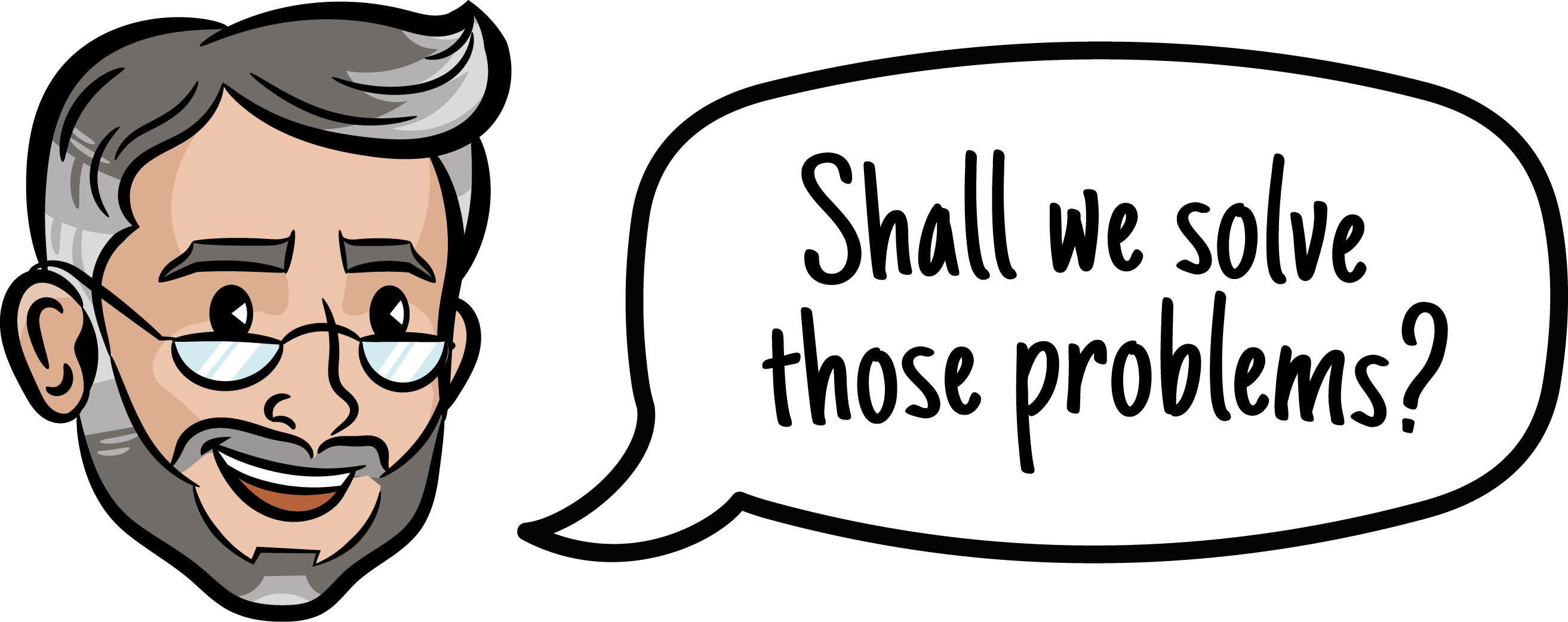Table of Contents
Missing Table Stakes 1: Inadequate Online Transaction Reports
Missing Table Stakes 2: A Broken Sign In Experience — Impact on Bank Marketing Metrics
Missing Table Stakes 3: A Usable Online Interface — Impact on Bank Marketing Metrics
Missing Table Stakes 4: Connectivity to Modern Payments Apps — Impact on Bank Marketing Metrics
Missing Table Stakes 5: Reasonable Check Deposit Recognition Timing
Missing Table Stakes 6: Branch Capability to Fill in Gaps in Digital Banking
Missing Table Stakes 7: Phones Answered by Employees During Business Hours
Missing Table Stakes 8: Electronic Correspondence — Impact on Bank Marketing Metrics
Missing Table Stakes 9: Coherent Fraud Follow Up
Missing Table Stakes 10: Signed Correspondence
The United States banking system has some unique characteristics that don’t exist in other parts of the world and make bank marketing quite challenging. In the never-ending quest to provide shareholder value and improve bank marketing metrics via market cap growth and dividend payouts, it’s no wonder that marketing strategy can make a big difference.

Marketing for banks is all about finding smart ways to connect with customers and show them why they should choose your services. But even the best marketing can’t overcome missing table stakes. Where great marketing will attract new clients, missing table stakes will cause them to churn and even worse, leave a digital trail of complaints for others to read.
So, if you’re looking to grow your bank, keep in mind that you also need to be really sure as many holes in the bucket are plugged as well. Some of them may require getting your core banking software provider to get with the program.
Others include getting your training programs revamped for expectations of the modern consumer and business owner.
Missing Table Stakes 1: Inadequate Online Transaction Reports
One of the most infuriating aspects of banks that don’t “get digital” is an inability to provide basic reporting required to file taxes.
In the United States, income taxes are filed for a fiscal year and due by various dates in the following year.
The data required to file taxes typically goes to an account in either an accounting software like Quicken, QuickBooks or Xero, or in a spreadsheet.
Yet, so many banks can’t even allow a client to export a continuous spreadsheet for a single account for a fiscal year.
If you’re requiring clients to download PDF bank statements month by month, then export and import that data into a spreadsheet in order to get a continuous calendar year, you’re moving dangerously into necessary evil-ville.
Millennials and Gen-Z understand that data storage is getting close to free and accessing the data they need when they need it is just part of a good software experience of any type.
Missing Table Stakes 2: A Broken Sign In Experience — Impact on Bank Marketing Metrics

While your bank may not have a huge amount of direct control depending on what core banking system you offer, you’d better be sure that signing into your system consistently works on both desktop and mobile.
Case in point, Truist Bank was valued as a $66B merger when Suntrust and BB&T combined in 2019. One of the reasons stated to customers for the merger was both banks’ struggles with IT. Today Truist’s market cap has declined to $62B. While certainly not the only reason for destruction of market cap, the combined entity’s inability to provide reliable online banking has certainly not gone over well.
Missing Table Stakes 3: A Usable Online Interface — Impact on Bank Marketing Metrics
While your bank may be under pressure to refresh its client-facing services, be sure that new designs don’t go overboard or fail to conform to modern user interface practices.
For conversion rate optimization, primary calls to action like buttons will perform best when colored in a contrast to brand colors. If your brand color is red, you don’t style your calls to action in red as well.
At the same time, modern software uses color to indicate whether or not a button is active or not.
A button that is active is generally shown in full color. When it is inactive because a field above it is not correct, the correct modern treatment/styling of that button is to make it “greyed out.” So if it’s a deep purple when the button is active, it should be light purple when not.
Banks that fail to use designers who understand modern UI patterns may end up with websites that make everything appear to be disabled.
Missing Table Stakes 4: Connectivity to Modern Payments Apps — Impact on Bank Marketing Metrics
For a moment in time, there was significant concern about Square, Paypal, QuickBooks and others disintermediating banks (and actually becoming banks).
CashApp and Venmo were getting constant press and their user acquisition costs were an order of magnitude less than for a “legacy” bank. Did you read the comments about user experience above?

So not surprisingly, banks attempted to come up with their own “Cash App Killer” which eventually became known as Zelle.
And then some banks took a step further and started blocking Venmo and CashApp transactions thinking that clients would just adopt Zelle.
While Zelle usage has climbed, it’s still universally disparaged by both banks and end users for the being buggy, clunky, and unsafe.
If you’ve adopted Zelle, be happy if some of your clients use it. But don’t turn off better engineered, safer alternatives.
Missing Table Stakes 5: Reasonable Check Deposit Recognition Timing
Mercury touts its startup-friendly, fast payment tools. Sign up for a Mercury account and it implies that Mercury will shop your company to venture capitalists if that’s your desire.
While Mercury has a modern interface that is mostly intuitive, it has some of the slowest paper check deposit release timing in the industry.
Maybe some startups are really concerned about getting their overseas contractors paid quickly but quite a few more just want their own money available to them within the same time frame as they could get at a brick and mortar bank or credit union.
Missing Table Stakes 6: Branch Capability to Fill in Gaps in Digital Banking
While both ACH (1960s) and wires have been around a very long time, some digital banking platforms still don’t offer them.
If your bank uses one of those platforms, be sure each branch has at least once person who is trained on SWIFT and has access to the network.
If your bank uses complex fees with inadequate descriptions, that’s another area where branch bankers should be trained and able to research and identify the cause of those transactions quickly.
“I’d love to wait on you to call the Philippines to find out why you took $20 from my account,” said no bank customer ever.”
Missing Table Stakes 7: Phones Answered by Employees During Business Hours
While many banks have adopted overseas call centers to service their customers, with other types of digital products, this is generally viewed as the lowest quality service possible and possibly worse than bot/AI attendees.
If you’re going to publish phone numbers as a support channel, be sure attendees are trained, trustworthy, and do credit to your brand.
If calling your support line might cause a client to immediately conclude that you don’t want their business, either shut off phone support completely and use emails, chat and ticketing or hire quality support staff.
Missing Table Stakes 8: Electronic Correspondence — Impact on Bank Marketing Metrics
Sales Funnel Professor is based in Atlanta, Georgia. The Palmetto processing facility of the US Postal Service is possibly the worst in the country. It also happens to service the world’s busiest airport: Hartsfield-Jackson International.
So imagining that you’re a bank with 100s of branches and a significant portion of your corporate footprint in Atlanta, it would be hard to argue that when you snail mail about time sensitive matters, it will arrive on time under exactly no circumstances.
Banks outside of Atlanta can go ahead and adopt electronic correspondence as well. Many people don’t even own printers or do any type of paper filing.
If your digital banking platform doesn’t support correspondence, good old-fashioned email works just fine or a request for a time to call if super sensitive data needs to shared.
The worst thing you can do when supporting Millennial and Gen-Z clients is asking them to snail mail you.
Missing Table Stakes 9: Coherent Fraud Follow Up
Understanding that many banks partner with payment card solutions, you still have some control over how those cards are serviced.
In the event of fraud on a card, ACH, or otherwise, are you providing professional follow up and building your brand equity in the way that American Express does?
Or are you possibly devaluing your brand or creating the impression that you actually don’t care that much?
If “resolutions” are being provided, is a rational included? If correspondence says “after investigation,” can you back that statement up or is someone simply decisioning fraud at high speed with no actual look into the fact pattern.
Missing Table Stakes 10: Signed Correspondence
Hard to believe but some banks have operations departments that are so siloed from customer-facing teams that they intentionally hide who managed client issues.
Want your financial institution’s marketing to work? Attach a human with a name that can be contacted to an issue that needs resolution.
Want to drive customers to insanity? Snail mail “resolution” via unsigned letter and suggest snailmailing a PO Box if further information is required. Addressing these ‘missing table stakes’ is essential for boosting bank marketing metrics and ensuring long-term success.


